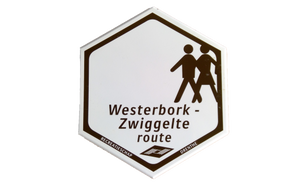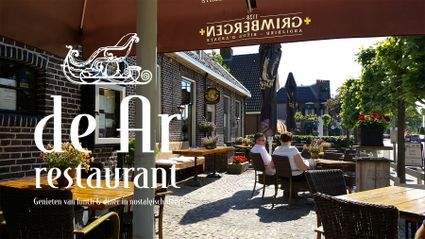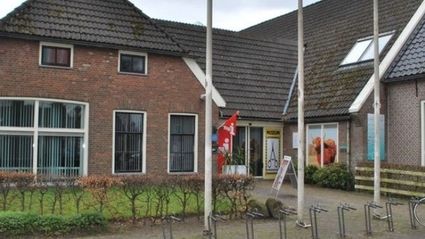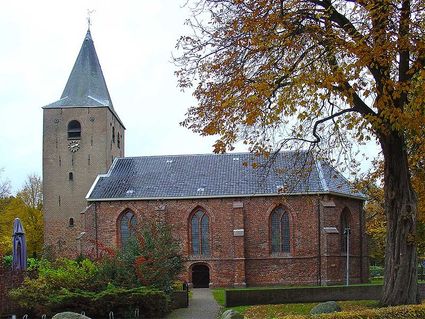Hike
15 km
First mentioned in ancient writings in 1206, Westerbork is the departure point of this signposted route. Later converted into a church in 1283, Westerbork already had a chapel at the time. The current Westerbork has a charming touristic centre where you can relax on a terrace or visit one of its two museums. Westerbork also became well known for Camp Westerbork, which was used as a transit camp by the Germans during the Second World War. However, Westerbork Memorial Centre and the former camp are twelve kilometres removed from Westerbork by the edge of Hooghalen.
Walk through ancient landscapes outside of Westerbork. The second-to-last ice age had a tremendous influence on the landscape here, shaping the Drents Plateau. Farmers settled on these “Drenthe Highlands,” creating the area’s characteristic esdorp landscape of high-lying villages with brinken (a brink is a c…
First mentioned in ancient writings in 1206, Westerbork is the departure point of this signposted route. Later converted into a church in 1283, Westerbork already had a chapel at the time. The current Westerbork has a charming touristic centre where you can relax on a terrace or visit one of its two museums. Westerbork also became well known for Camp Westerbork, which was used as a transit camp by the Germans during the Second World War. However, Westerbork Memorial Centre and the former camp are twelve kilometres removed from Westerbork by the edge of Hooghalen.
Walk through ancient landscapes outside of Westerbork. The second-to-last ice age had a tremendous influence on the landscape here, shaping the Drents Plateau. Farmers settled on these “Drenthe Highlands,” creating the area’s characteristic esdorp landscape of high-lying villages with brinken (a brink is a central open space to be found in many of Drenthe’s sandy settlements) and essen (high-lying farmlands), hedgerows and low-lying grazing and hay meadows in the catchment area of the stream (Westerborkerstroom).
In the originally medieval esdorp of Zwiggelte, you can taste the authentic atmosphere of Drenthe in olden times. Zwiggelte’s open character has largely remained intact. Along the south-eastern side of the village, lies a remnant of a brink with old oaks and beautiful Saxon farms.
The route starts at Hoofdstraat 16 by ’t Aole Gemientehoes, Westerbork’s former village hall. You can park for free behind the centre. You can also use the signposting present to start the route from other locations.


Hoofdstraat 16
9431 AD Westerbork
Navigate to starting point





